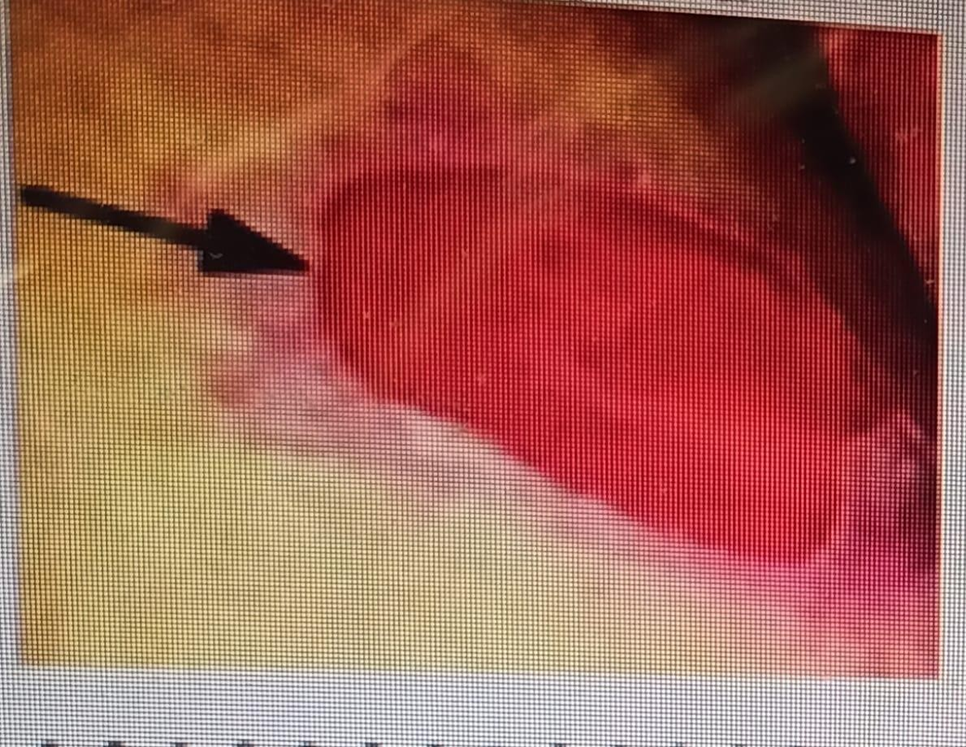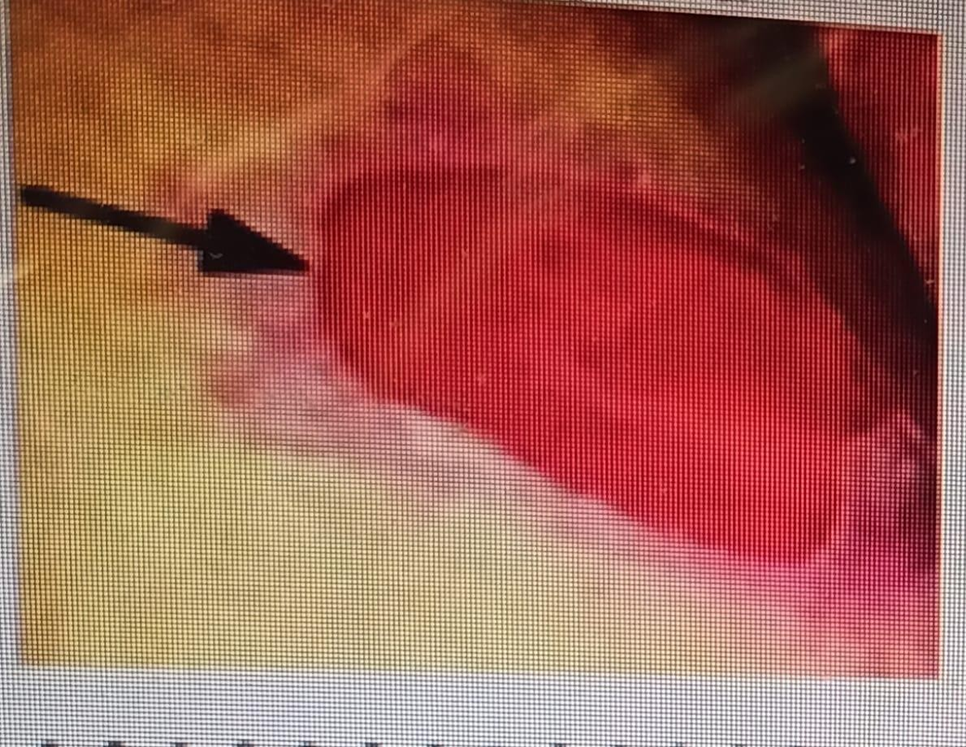A nurse is completing her physical assessment on her newly admitted patient. She is assessing the patient's skin and documenting her findings. How should she document the following wound?

Stage I Pressure Ulcer
Stage II Pressure Ulcer
Stage IV Pressure Ulcer
Stage III Pressure Ulcer
The Correct Answer is B
Choice A rationale: Stage I pressure ulcers consist of non-blanching erythema with an intact epidermis unlike in the above picture.
Choice B rationale: This is correct since Stage II pressure ulcers involve partial-thickness skin loss but do not extend into the deeper layers as shown in the image above.
Choice C rationale: Stage IV pressure ulcers involve full-thickness tissue loss with exposed muscle, bone, or other structures.
Choice D rationale: Stage III pressure ulcers involve full-thickness tissue loss with visible fat but do not extend to the underlying muscle.

Nursing Test Bank
Naxlex Comprehensive Predictor Exams
Related Questions
Correct Answer is B
Explanation
Choice A rationale: Carrying an air-filled ball while wading through the water across the width of a pool is an isotonic exercise.
Choice B rationale: Contracting the gluteal muscles while holding a simple yoga pose is an isometric exercise.
Choice C rationale: Walking at a rate of 3 miles (5 km)/hour around a racetrack is an isotonic exercise.
Choice D rationale: Sitting in a chair with a low weight on the side and lifting the knee to the seat level of the chair is an isotonic exercise.
Correct Answer is A
Explanation
Choice A rationale: Dark yellow urine may indicate concentrated urine, and encouraging fluid intake helps dilute the urine, promoting kidney function and preventing dehydration.
Choice B rationale: Reducing fluid intake is not appropriate based solely on the color of the urine. It is essential to assess overall hydration status.
Choice C rationale: Dark yellow urine alone does not necessarily indicate infection. Other symptoms and laboratory tests would be needed for a diagnosis.
Choice D rationale: Taking no action is not appropriate when the color of urine suggests dehydration. Assessing and addressing hydration status are important.
Whether you are a student looking to ace your exams or a practicing nurse seeking to enhance your expertise , our nursing education contents will empower you with the confidence and competence to make a difference in the lives of patients and become a respected leader in the healthcare field.
Visit Naxlex, invest in your future and unlock endless possibilities with our unparalleled nursing education contents today
Report Wrong Answer on the Current Question
Do you disagree with the answer? If yes, what is your expected answer? Explain.
Kindly be descriptive with the issue you are facing.
